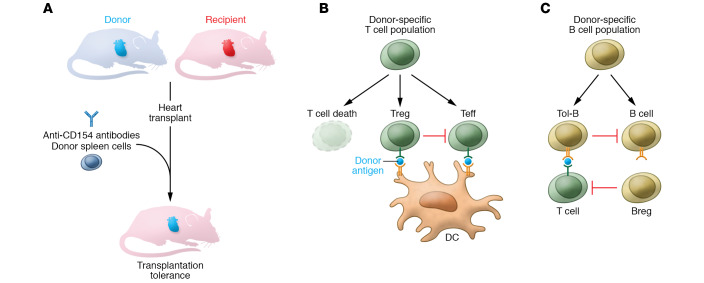Figure 1. The impact of transplantation tolerance on T and B cell populations.
(A) In murine heart transplantation, treatment with anti-CD154 antibody and donor spleen cells (costimulation blockade) at the time of transplantation leads to donor-specific tolerance. The antigen-specific tolerance is a consequence of changes in T and B cell populations. (B) Many donor-specific T cells are deleted. Other T cells acquire regulatory function (Treg) endowing them with the ability to suppress remaining donor-specific T cells (Teff). (C) B cells are mainly converted into a tolerant phenotype (Tol-B), distinct from what has been described for regulatory B (Breg) cells. Unlike Breg cells, Tol-B cells do not directly suppress T cells. However, Tol-B cells can effectively suppress other B cells sharing the same donor-antigen specificity. Overall, changes in donor-specific T and B cell populations allow suppression of immune responses targeting the donor antigens, without preventing protective immune responses against unrelated antigens. DC, dendritic cell.

